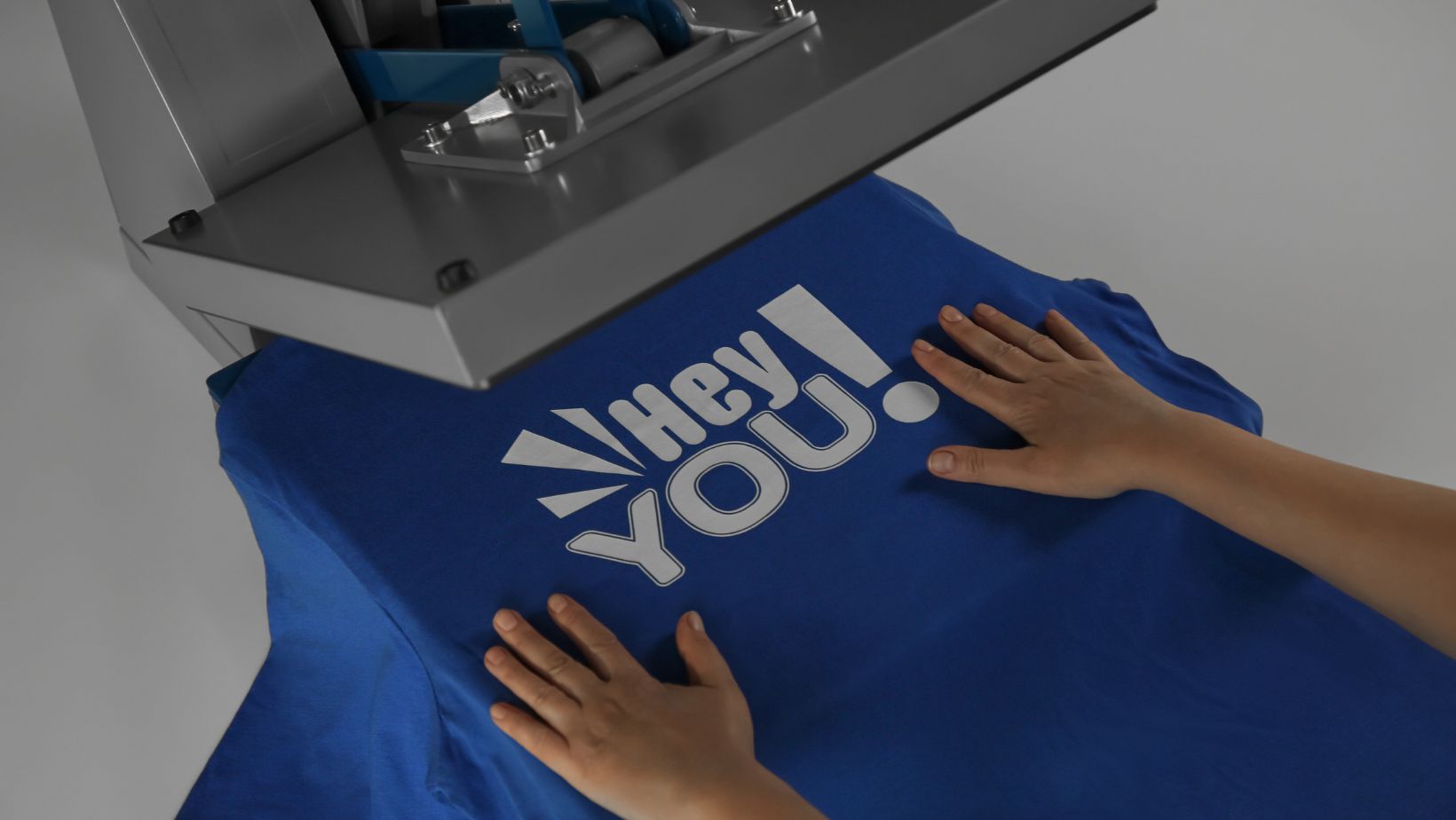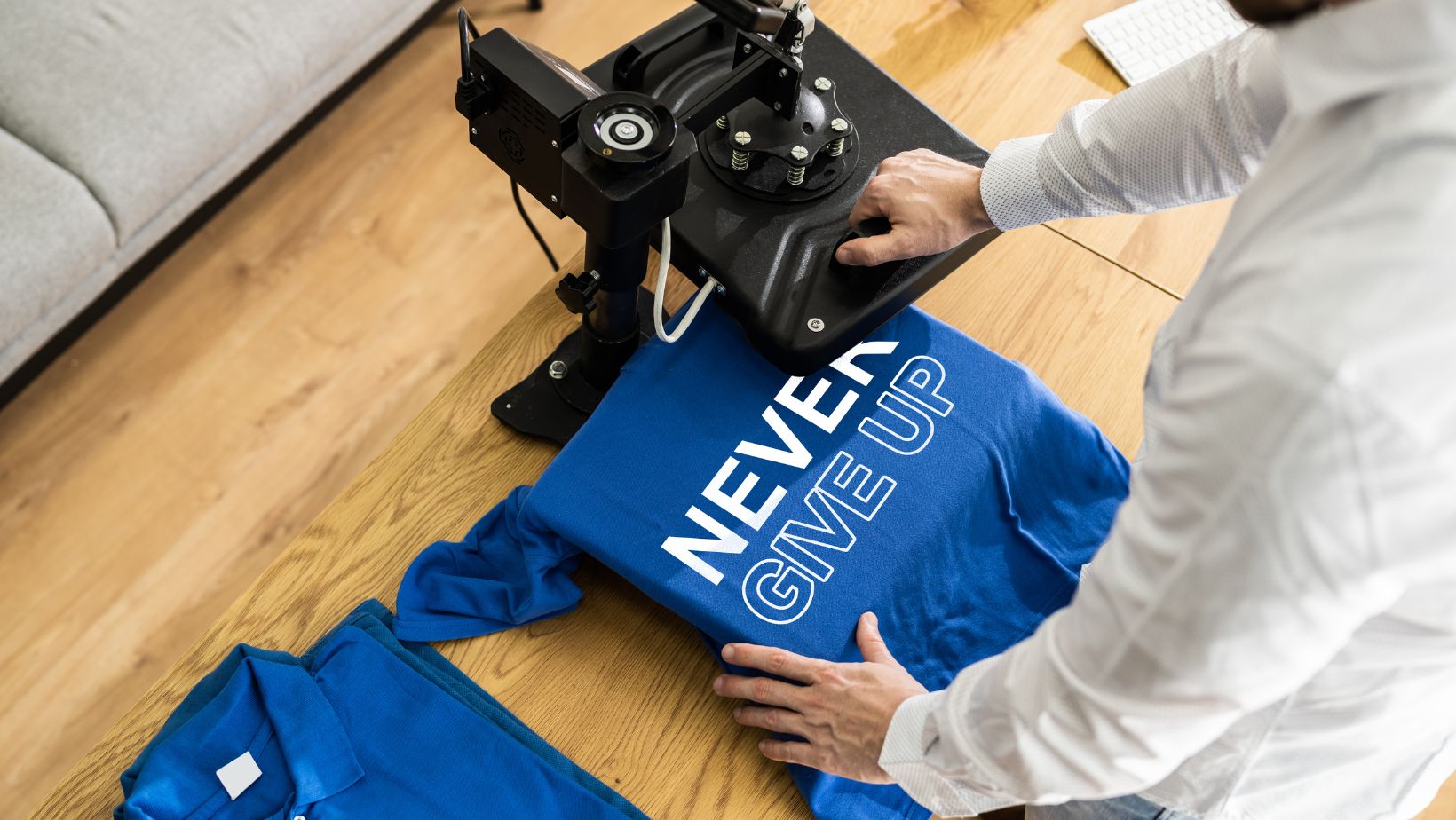
In the world of printing, there are many technologies, each of which has its own unique features, advantages and disadvantages. The most popular methods include sublimation printing, silk screen printing, direct to fabric (DTG), and thermal transfer printing. In this article, we will make a detailed comparison of dye-sublimation printing with other methods to determine their main advantages and disadvantages, as well as to understand in which cases each of them is the most optimal choice.
Advantages Of Sublimation Printing
- High quality images: Sublimation printing provides bright, detailed, and durable images that do not fade or wash off during washing. This method allows you to transfer the smallest details and subtle color gradations to the fabric.
- Durability: Sublimation printed images are highly resistant to external influences such as moisture, UV radiation and mechanical friction. This makes them ideal for sportswear, promotional products and other products that are subject to frequent use.
- Environmental friendliness: The sublimation printing process does not require the use of chemical solvents and dyes, making it environmentally friendly. Waste is minimal, which helps to reduce the negative impact on the environment.
- Wide range of applications: Sublimation printing can be used to print on a variety of surfaces, including fabrics, metal, ceramics, and plastic. This opens up great opportunities for creativity and innovation.
When choosing a printing method, it is important to consider all of these factors to ensure optimal results and maximum efficiency. For more tips and quality printing products, you can visit https://www.subliminator.com where you will find everything you need to realize your creative ideas.
Disadvantages Of Dye-Sublimation Printing
- Limitations on materials: Dye-sublimation printing works best on polyester fabrics or materials with a special coating. Other fabrics, such as cotton, are not suitable for this method, which limits its application.
- High equipment costs: Dye-sublimation printers and inks can be quite expensive, which can be a deterrent for small businesses or beginners.
- Time constraints: The sublimation printing process can be more time-consuming than other methods, which can be a disadvantage for large runs.
Advantages Of Silk Screen Printing
- Versatility: Silk screen printing can be used on a wide range of materials, including textiles, plastics, metal, glass, and wood. This makes it a very versatile printing method.
- High durability: Images printed using the silk screen method are highly resistant to wear, moisture, and UV radiation, making them ideal for outdoor applications.
- Low costs for large runs: Silk screen printing is cost-effective for large runs as the cost of printing decreases as the order volume increases.
- Vivid and saturated colors: This method allows for very vivid and saturated colors, which is important for promotional products and clothing.
Disadvantages Of Silk Screen Printing
- Restrictions on the complexity of the design: Silk screen printing is not suitable for complex designs with lots of details and gradients. This method is better suited for simple and large images.
- Preparation costs: The initial cost of preparing silkscreen frames and equipment can be high, making it less cost-effective for small runs.

- Process time: The preparation and printing process can be lengthy, especially when printing complex multi-color images.
Advantages Of Direct To Fabric Printing
- Flexibility and speed: DTG printing allows images to be printed directly onto the fabric, making it a very flexible and fast method. It is ideal for small runs and customized orders.
- High detail: This method produces high quality and detailed images, including fine lines and gradients. This makes it ideal for complex and detailed designs.
- Environmental friendliness: DTG printing uses water-based inks that are less harmful to the environment than other methods.
- Ease of use: DTG printers are relatively easy to use and do not require complex training, making this method accessible to small businesses and individual entrepreneurs.
Disadvantages Of Direct To Fabric Printing
- Material limitations: DTG printing works best on cotton fabrics, which limits its use on other materials such as polyester or nylon.
- High ink costs: The cost of specialty water-based inks for DTG printers can be quite high, which affects the overall cost of printing.
- Image durability: Images printed using DTG may be less resistant to wear and tear and washing than other methods such as dye-sublimation or silk-screen printing.
Advantages Of Thermal Transfer Printing
- Versatility: Thermal transfer printing can be used on a wide range of materials, including textiles, plastics, metals, and ceramics. This makes it a very versatile printing method.
- High detail: This method produces very detailed, high-resolution images, making it ideal for intricate designs and photographs.

- Cost-effective for small runs: Thermal transfer printing is cost-effective for small runs and individual orders, as it does not require complex preparation and expensive equipment.
- Speed: The process of thermal transfer printing is relatively fast, which allows you to get finished products in a short time.
Disadvantages Of Thermal Transfer Printing
- Image durability: Images printed by thermal transfer printing may be less resistant to wear and tear and washing than other methods, such as sublimation or silk screen printing.
- Cost of materials: The cost of specialty thermal transfer papers and films can be quite high, which affects the overall cost of printing.
- Size limitations: Thermal transfer printing can be limited in terms of image size, which can be a disadvantage when printing large designs.
Conclusion
Each of the printing methods has its own unique advantages and disadvantages, and the choice of a particular method depends on many factors, including the type of material, run, design complexity, and budget. Sublimation printing is an excellent choice for high quality and durable images on polyester fabrics and specialty coatings. Silk screen printing is ideal for large runs on a variety of materials, although it is less effective for complex designs.
Direct to fabric (DTG) printing is a great option for small runs and complex designs on cotton fabrics, but has limited durability and high ink costs. Thermal transfer printing, on the other hand, offers versatility and speed, making it a good choice for small runs and customized orders, although its durability is limited.


















